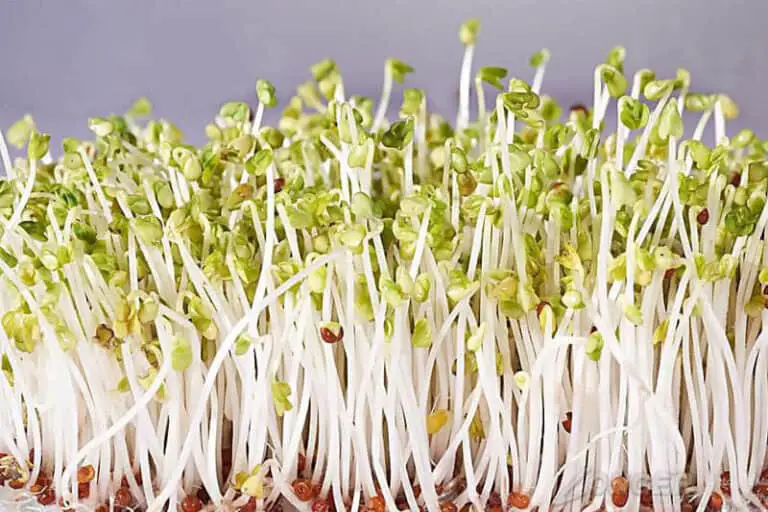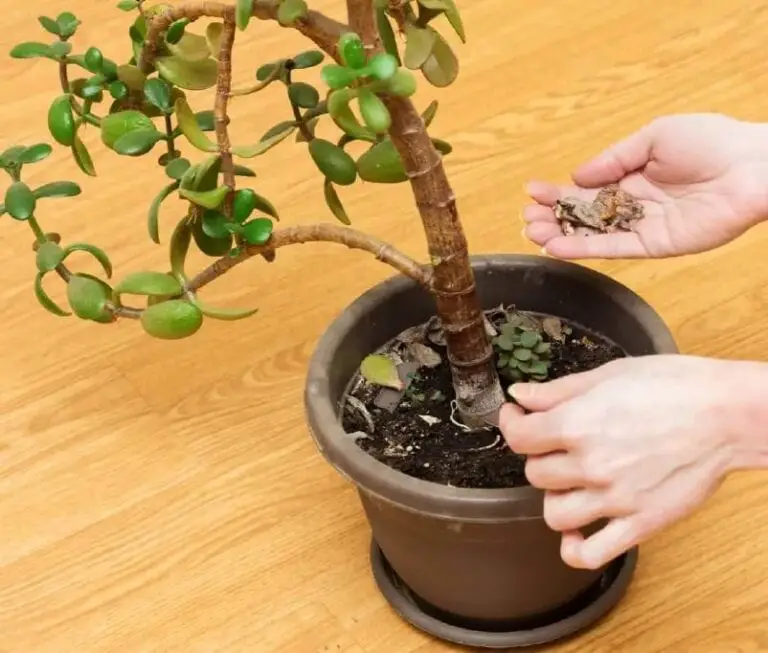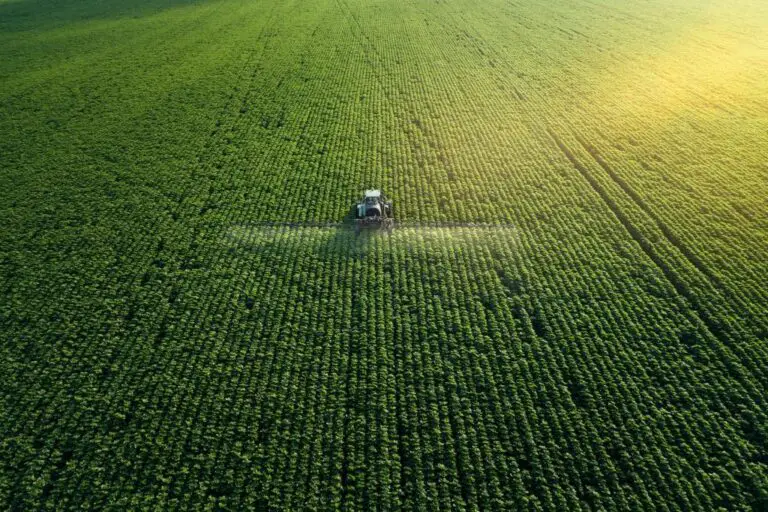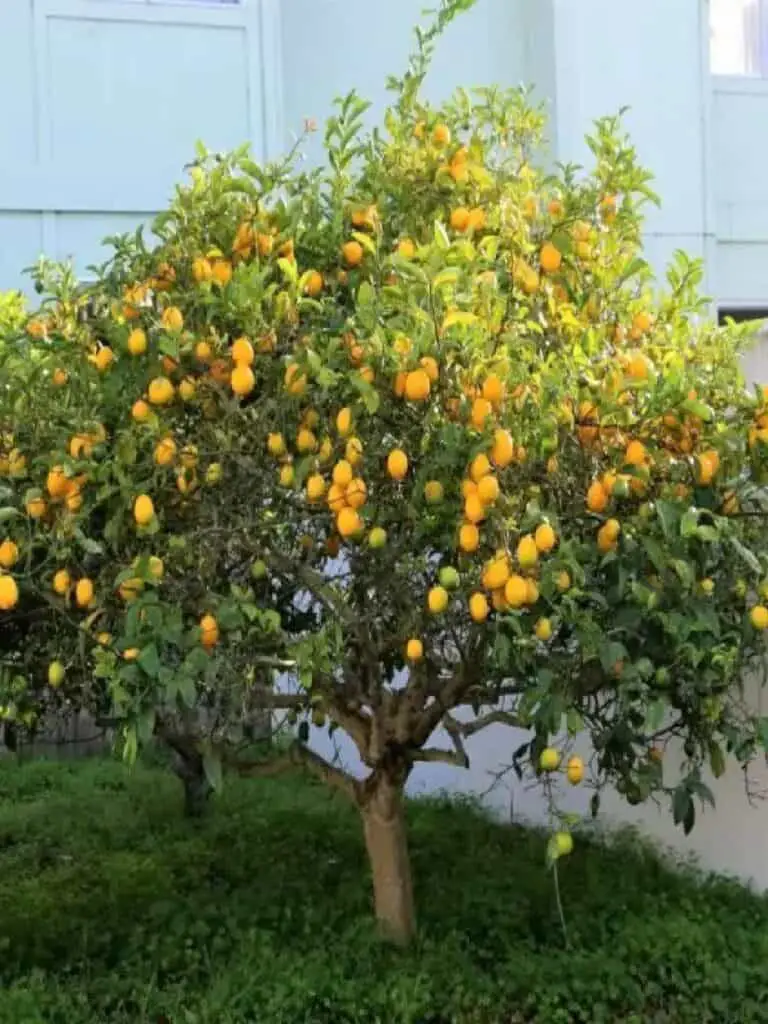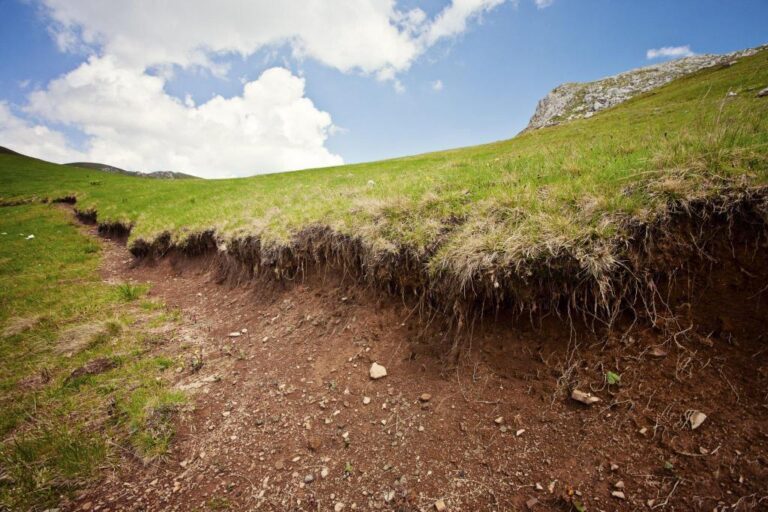When to Plant Brussel Sprouts Outdoor? Should I Start Indoor?
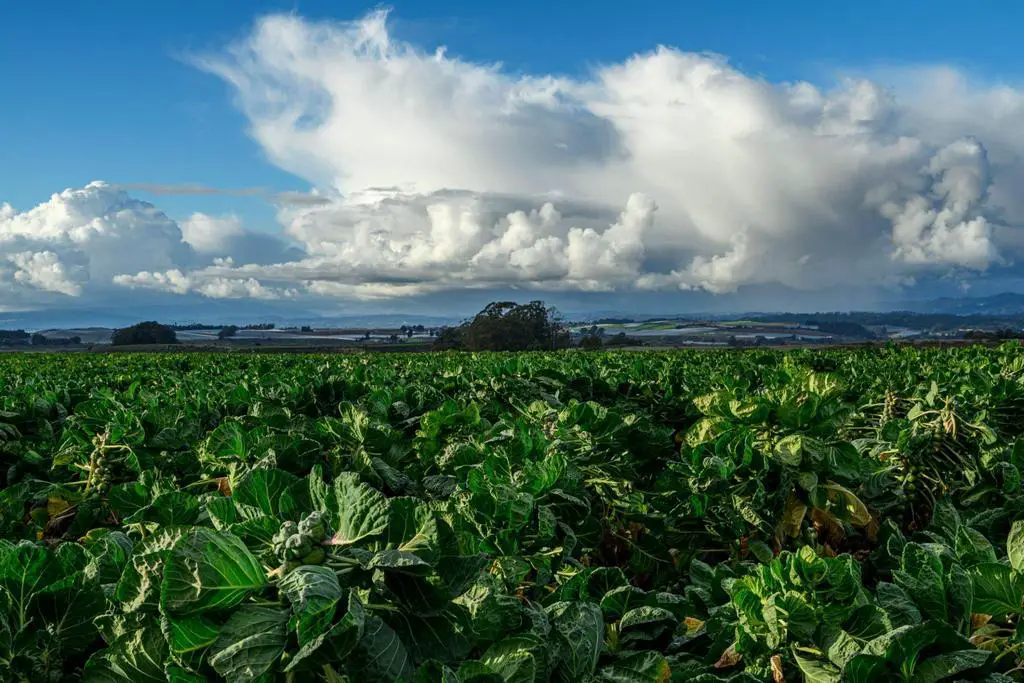
When it comes to cultivating Brussels sprouts, knowing the perfect timing is crucial for a successful harvest. Should you plant them directly outdoors or consider starting them indoors? We’ve got you covered!
In this comprehensive guide, we’ll unveil the secrets to planting Brussels sprouts like a pro. From understanding the ideal outdoor planting time to exploring the benefits of starting them indoors, we’ll leave no stone unturned.
So grab your gardening gloves, sharpen your trowel, and let’s dive into the fascinating world of Brussels sprouts cultivation. Get ready to transform your garden into a bountiful paradise with these delectable miniature cabbages!
Understanding the Growth Requirements of Brussels Sprouts
To ensure the successful growth of Brussels sprouts, it’s essential to understand their specific requirements. Here are three key factors to consider:
- Optimal temperature and climate conditions for outdoor cultivation: Brussels sprouts thrive in cool weather and can tolerate temperatures as low as 20°F (-6°C). They prefer a climate with a long growing season, where temperatures range between 60-65°F (15-18°C) during the day and drop to around 45°F (7°C) at night.
- Soil preparation and nutrient requirements: Brussels sprouts prefer well-draining soil with a pH level between 6.0 and 7.5. Before planting, enrich the soil with organic matter such as compost or aged manure to improve its fertility and drainage. These nutrient-rich additions will provide the necessary elements for healthy plant growth.
- Sunlight and watering needs for Brussels sprouts: Brussels sprouts require full sun exposure for a minimum of six hours per day. Adequate sunlight ensures sturdy growth and the proper development of sprouts. Additionally, they need consistent moisture, so regular watering is crucial, especially during dry periods.
Deciding Between Indoor and Outdoor Planting
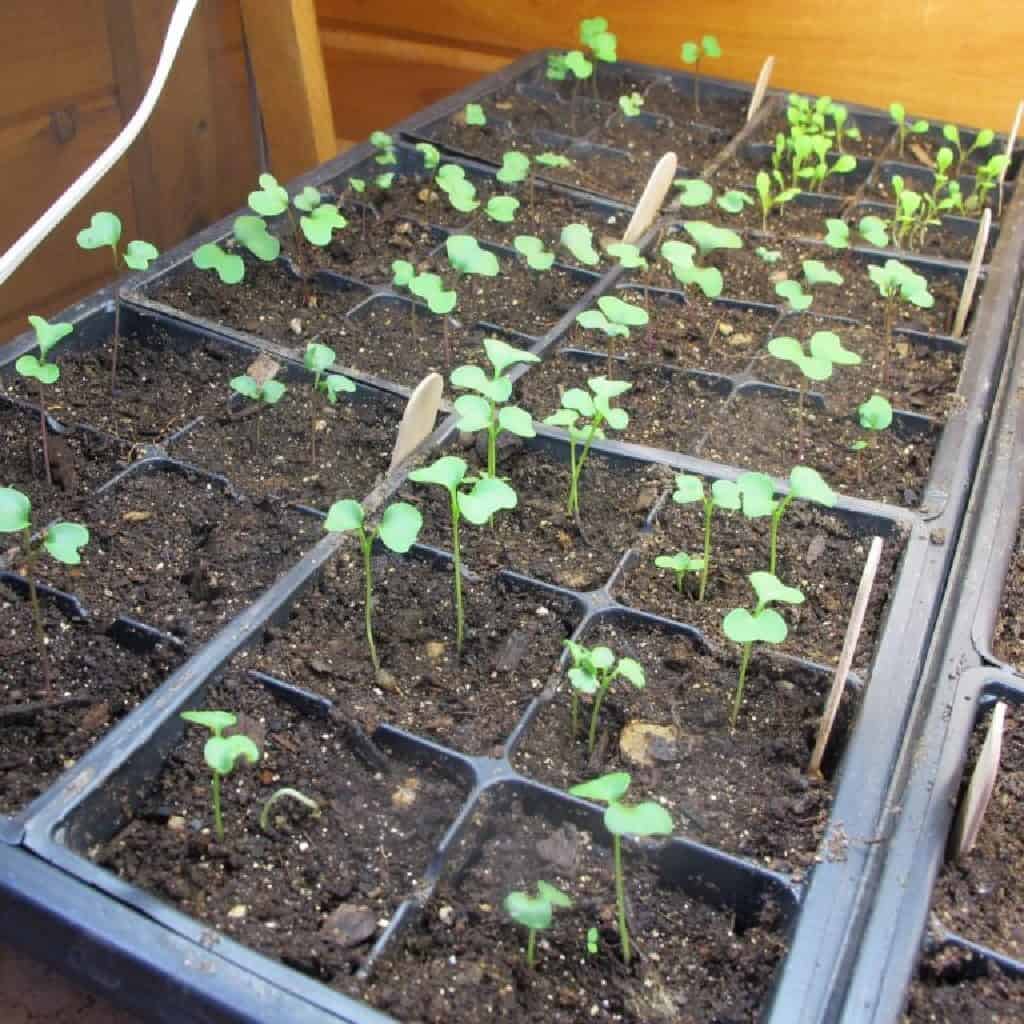
When it comes to growing Brussels sprouts, you have the option of starting them indoors or planting Brussel sprouts directly outdoors. Let’s weigh the pros and cons of each approach:
Pros of starting Brussels sprouts indoors:
- Early start: By starting Brussel sprouts seeds indoors, you can get a head start on the growing season and enjoy an earlier harvest.
- Greater control: Indoor cultivation allows you to control the environment, including temperature, lighting, and moisture, ensuring optimal conditions for seed germination.
- Protection from pests: Starting indoors helps protect tender seedlings from outdoor pests, giving them a better chance of survival.
Cons of starting Brussels sprouts indoors:
- Transplant shock: Transplanting seedlings can sometimes cause stress to the plants, leading to stunted growth or reduced productivity.
- Space and resources: Indoor cultivation requires adequate space, containers, and additional resources like grow lights or heating mats.
Pros of planting Brussels sprouts directly outdoors:
- Natural acclimation: When planted directly outdoors, Brussels sprouts adapt to their natural environment from the beginning, reducing the risk of transplant shock.
- Reduced effort: Planting directly in the garden eliminates the need for indoor setup, care, and transplanting procedures.
Cons of planting Brussels sprouts directly outdoors:
- Delayed harvest: Planting directly outdoors may result in a later harvest compared to starting indoors.
- Vulnerability to pests: Young seedlings planted directly in the garden are more susceptible to pests and harsh weather conditions.
Starting Brussels Sprouts Indoors
If you opt to start Brussels sprouts indoors, follow these steps for successful germination and seedling growth:
1. Selecting the right container and soil mix for indoor planting: Choose containers with adequate drainage holes to prevent waterlogging. Use a seed-starting mix or a blend of peat moss, vermiculite, and perlite to provide the optimal soil texture for germination.
2. Germination process and ideal conditions for seedlings: Sow Brussels sprouts seeds in the containers, following the seed packet instructions for depth and spacing. Keep the soil consistently moist but not waterlogged. Place the containers in a warm area with temperatures around 70°F (21°C) to facilitate germination. Once the seedlings emerge, provide them with sufficient light by placing them near a bright window or using grow lights.
3. Transplanting seedlings outdoors at the appropriate time: When the seedlings have grown to about 4-6 inches (10-15 cm) tall and have developed a few sets of true leaves, they are ready for transplanting. Harden off the seedlings by gradually exposing them to outdoor conditions over a week. Then, choose a cloudy day or transplant in the evening to minimize transplant shock. Dig holes in the prepared garden bed, spacing them according to the variety’s requirements. Gently remove the seedlings from their containers, ensuring minimal root disturbance, and place them in the holes. Firmly pat the soil around the base of each seedling, water thoroughly, and provide them with adequate support if needed.
Outdoor Planting of Brussels Sprouts
If you decide to plant Brussels sprouts directly outdoors, here’s how you can ensure a successful outdoor planting:
1. Determining the suitable time to plant Brussels sprouts outdoors: Brussels sprouts are typically considered cool-season crops. Plan to sow the seeds or transplant seedlings outdoors when the soil temperature reaches around 45-75°F (7-24°C) and the danger of frost has passed. Refer to the specific guidelines provided on the seed packet or consult your local extension office for recommended planting dates in your region.
2. Preparing the garden bed and ensuring proper drainage: Choose a well-drained location with full sun exposure. Clear the area of any weeds or debris and loosen the soil to a depth of 12-18 inches (30-45 cm). Incorporate organic matter such as compost or aged manure to improve soil fertility and drainage. Smooth out the soil surface and create rows or mounds for planting, leaving adequate spacing between plants.
3. Spacing requirements and recommended planting techniques: Brussels sprouts require ample space to grow and develop their characteristic sprouts. Leave Brussel sprouts spacing of approximately 24-36 inches (61-91 cm) between each plant. You can either plant them in rows, spacing the rows about 36-48 inches (91-122 cm) apart, or create individual mounds or hills for each plant. Dig holes or indentations in the soil, place the seedlings carefully, and cover their roots with soil. Firmly press the soil around the base of the seedlings and water thoroughly.
Transplanting Brussels Sprouts
Before transplanting your Brussels sprouts seedlings, it’s essential to prepare the outdoor planting area adequately. Brussels sprouts prefer fertile soil with good drainage. Amend the soil with organic matter, such as compost or well-rotted manure, to improve its structure and nutrient content.
Choose a location in your garden that receives full sun or partial shade. Brussels sprouts can tolerate some shade but thrive in areas with at least 6 hours of direct sunlight. Ensure the area is protected from strong winds, as they can damage the tall stalks of the plants.
When the soil temperature reaches around 45°F (7°C) and all threat of frost has passed, it’s time to transplant your Brussels sprouts seedlings. Carefully remove the seedlings from their containers, taking care not to damage the delicate roots. Dig holes in the prepared soil, spacing the holes about 2 feet apart to allow ample room for the mature plants. The depth of the holes should be such that the seedlings can be planted at the same depth they were growing indoors.
Gently place each seedling in a hole, ensuring that the soil is packed firmly around the roots. Water the transplanted seedlings thoroughly to help them settle into their new environment. It’s crucial to provide consistent moisture to the plants throughout their growing season, as uneven watering can lead to poor development and increased susceptibility to pests and diseases.
To support the tall and top-heavy plants, you can use stakes or cages to support Brussels sprouts. This will prevent the plants from bending or falling over under their weight and protect them from strong winds. As the plants grow, you may need to tie the stalks loosely to the stakes or cages for additional support.
Caring for Brussels Sprouts
Proper care is essential to ensure healthy growth and a bountiful harvest of Brussels sprouts. Here are some key tips to keep in mind:
- Watering: Brussels sprouts require consistent moisture throughout their growing season. Aim to keep the soil evenly moist, but avoid overwatering, as it can lead to root rot. Water deeply at the base of the plants rather than overhead to prevent foliar diseases.
- Mulching: Apply a layer of organic mulch around the plants to help conserve moisture, suppress weed growth, and maintain a more even soil temperature. Straw, wood chips, or compost make excellent mulch choices for Brussels sprouts.
- Fertilizing: Brussels sprouts are heavy feeders and benefit from regular fertilization. Prior to planting, incorporate a balanced organic fertilizer into the soil. As the plants grow, side-dress them with compost or a nitrogen-rich fertilizer every few weeks to promote healthy development.
- Weed Control: Keep the area around your Brussels sprouts plants free from weeds, as they compete for nutrients and water. Regularly inspect the garden bed and remove any weeds by hand or use organic weed control methods to prevent them from overpowering your plants.
- Pest Management: Brussels sprouts can attract a variety of pests, including aphids, cabbage worms, and slugs. Monitor your plants regularly and take appropriate action if you notice any signs of pest damage. Consider using organic pest control methods or companion planting techniques to deter pests naturally.
- Harvesting: Brussels sprouts are ready for harvest when the sprouts are firm, green, and reach a desirable size, typically around 1 to 2 inches in diameter. Start harvesting from the bottom of the plant, removing the lower sprouts first. The upper sprouts will continue to develop, allowing for an extended harvest period.
In Conclusion
Knowing when to plant Brussels sprouts outdoors and whether to start them indoors can significantly impact your gardening success. In regions with shorter growing seasons, starting Brussels sprouts indoors can provide a head start and ensure a plentiful harvest. However, in areas with longer growing seasons, direct sowing outdoors can be a viable option.
By following the recommended planting guidelines, caring for your Brussels sprouts diligently, and providing them with the right growing conditions, you can enjoy a rewarding harvest of delicious and nutritious Brussels sprouts. So, roll up your sleeves, grab your gardening tools, and get ready to savor the flavors of homegrown Brussels sprouts straight from your garden!
FAQs
How long does it take Brussels sprouts to grow from seed?
Brussels sprouts take approximately 80 to 100 days from seed to harvest. However, this can vary depending on the specific variety and growing conditions. It’s important to plan your planting schedule accordingly, considering the recommended time to maturity for the specific Brussels sprouts variety you choose.
Can you grow Brussels sprouts in containers?
Yes, you can grow Brussels sprouts in containers. Choose a large container with a depth of at least 18 inches to accommodate the deep-rooted plants. Ensure the container has good drainage and use a high-quality potting mix. Remember to provide adequate support for the plants as they grow tall and may become top-heavy.
What is the best time to plant Brussels sprouts?
The best time to plant Brussels sprouts is in late summer or early fall, typically around 6 to 8 weeks before the first expected frost date. This allows the plants to mature during the cooler months. Adjust the planting time based on your specific location and the length of your growing season.
Can Brussels sprouts tolerate frost?
Yes, Brussels sprouts are cold-hardy and can tolerate frost. In fact, a light frost can enhance the flavor of the sprouts. However, it’s important to protect young seedlings from severe frost by covering them with frost blankets or row covers. Mature plants can usually withstand temperatures as low as 20°F (-6°C) without significant damage.
Do Brussels sprouts need full sun?
Brussels sprouts prefer full sun, which means they require at least 6 hours of direct sunlight daily. However, they can tolerate partial shade, especially in regions with hot summers. If planting in an area with partial shade, ensure they still receive a significant amount of sunlight to promote healthy growth and optimal sprout development.
How do you know when Brussels sprouts are ready to harvest?
Brussels sprouts are ready to harvest when the sprouts are firm, green, and reach a desirable size, typically around 1 to 2 inches in diameter. Start harvesting from the bottom of the plant, removing the lower sprouts first. The upper sprouts will continue to develop, allowing for an extended harvest period. Harvesting can usually begin 90 to 180 days after transplanting, depending on the variety and growing conditions
Can Brussels sprouts survive in cold climates?
Yes, Brussels sprouts are well-suited for colder climates. Brussel sprouts can tolerate cold and even mild freezing temperatures. In fact, some gardeners believe that exposure to cold temperatures improves the flavor of the sprouts. Just make sure to provide adequate protection to young seedlings during severe frost events.

